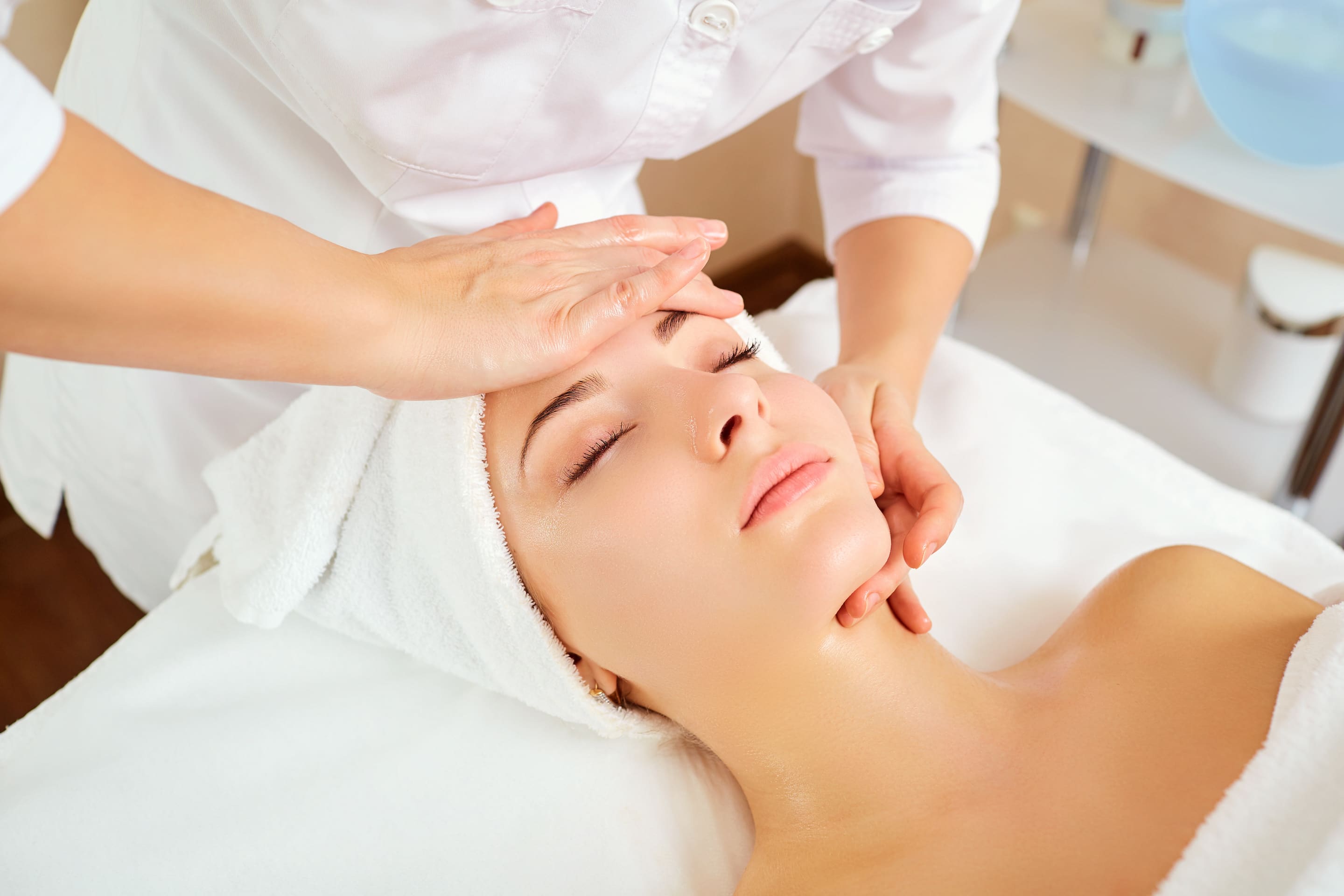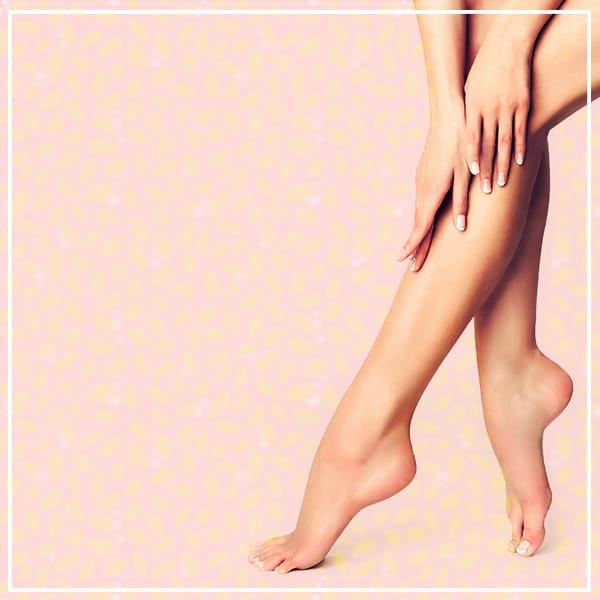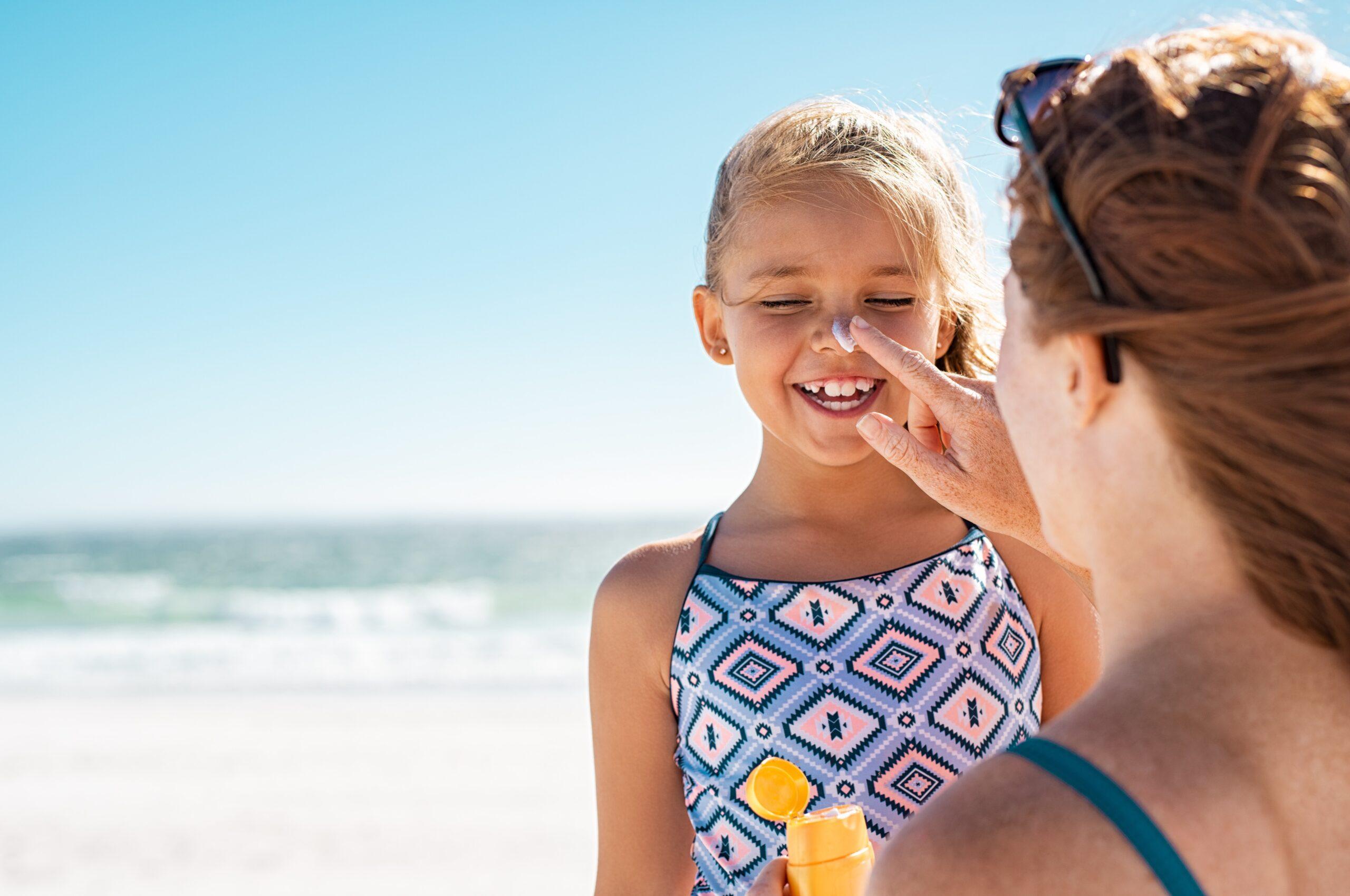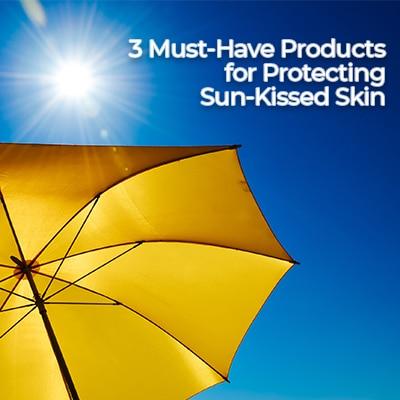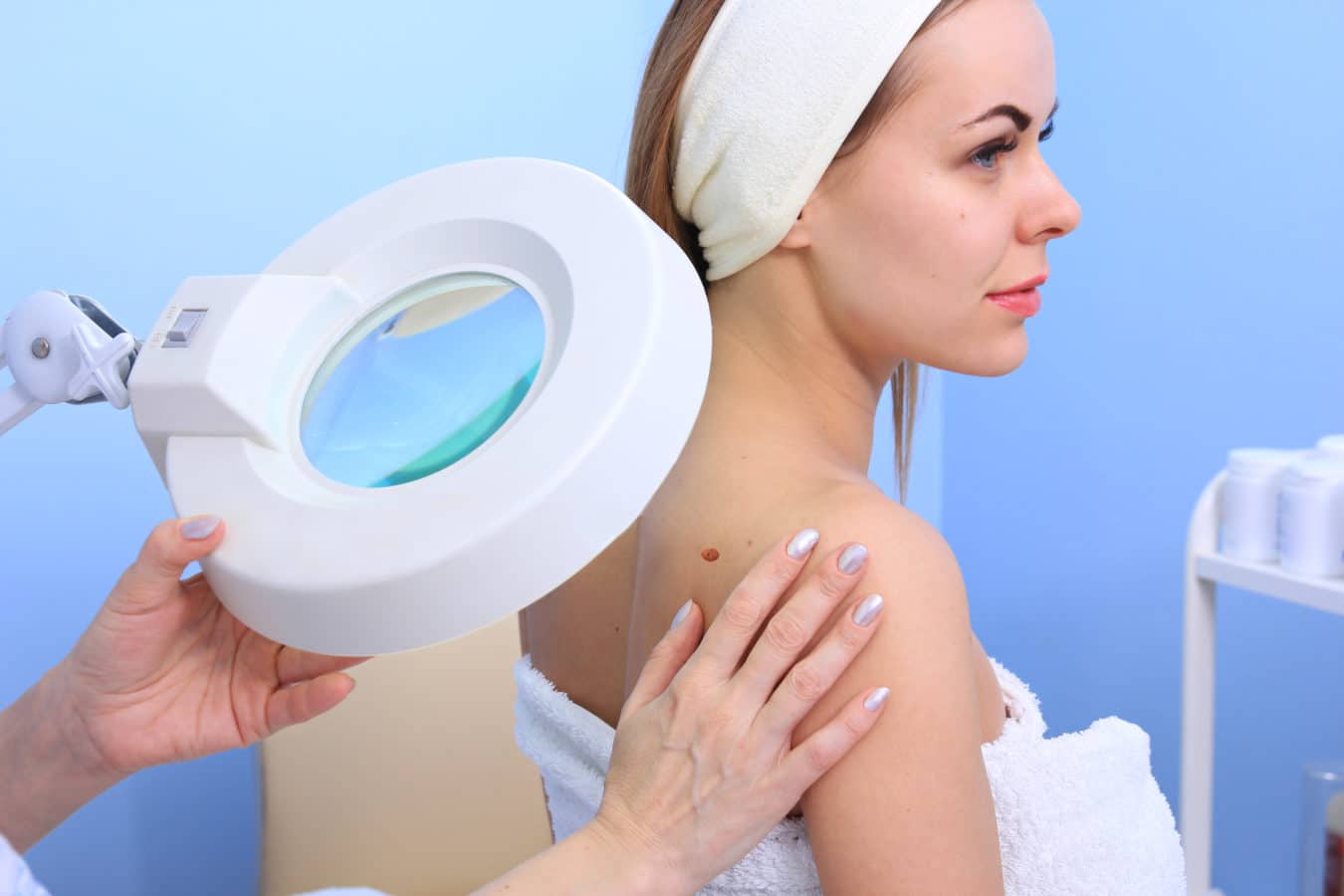
Acne is a pain. No one wants to go back to school with red, oily skin. Fortunately, there are steps you can take to minimize acne and maintain clear skin.
- Clean Slate: This is the best and most simple advice you can take for clear skin. Throughout the day, your skin picks up dirt, oil, and makeup that can clog your pores. Make it a part of your nightly routine to wash your face – your skin will thank you!
- Leave It Be: You’ve heard it before, but we’ll say it again. Don’t pick at your face! When you pick your skin, bacteria can get into your pores, causing more inflammation and redness. If you have a pimple, let it be! Treat it with topical acne treatment and eventually, the spot will heal on its own.
- Get Moving: Exercise is good for your whole body, including your skin. Make sure you get in at least 30 minutes a day. Don’t forget to wash your face after working out!
- Go Natural: If you have acne, your first instinct might be to cover it up with makeup. But, giving your skin a break from harsh chemicals and oils found in concealer and foundation might have a positive impact on your skin. If you are looking for light coverage, try an oil-free BB cream.
- See Your Doctor: If all else fails, make an appointment to see your dermatologist. Your doctor can prescribe you topical and sometimes oral medication to help clear your acne.
If you have any questions or concerns about acne, give us a call today to schedule your complimentary consultation.

